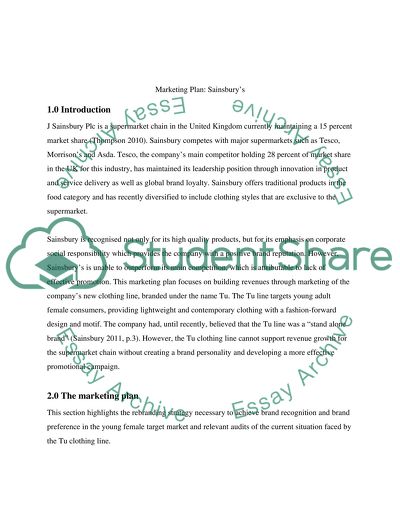Cite this document
(Marketing Plan: Sainsburys Case Study Example | Topics and Well Written Essays - 2500 words - 1, n.d.)
Marketing Plan: Sainsburys Case Study Example | Topics and Well Written Essays - 2500 words - 1. Retrieved from https://studentshare.org/marketing/1496547-marketing-planning
Marketing Plan: Sainsburys Case Study Example | Topics and Well Written Essays - 2500 words - 1. Retrieved from https://studentshare.org/marketing/1496547-marketing-planning
(Marketing Plan: Sainsburys Case Study Example | Topics and Well Written Essays - 2500 Words - 1)
Marketing Plan: Sainsburys Case Study Example | Topics and Well Written Essays - 2500 Words - 1. https://studentshare.org/marketing/1496547-marketing-planning.
Marketing Plan: Sainsburys Case Study Example | Topics and Well Written Essays - 2500 Words - 1. https://studentshare.org/marketing/1496547-marketing-planning.
“Marketing Plan: Sainsburys Case Study Example | Topics and Well Written Essays - 2500 Words - 1”, n.d. https://studentshare.org/marketing/1496547-marketing-planning.


